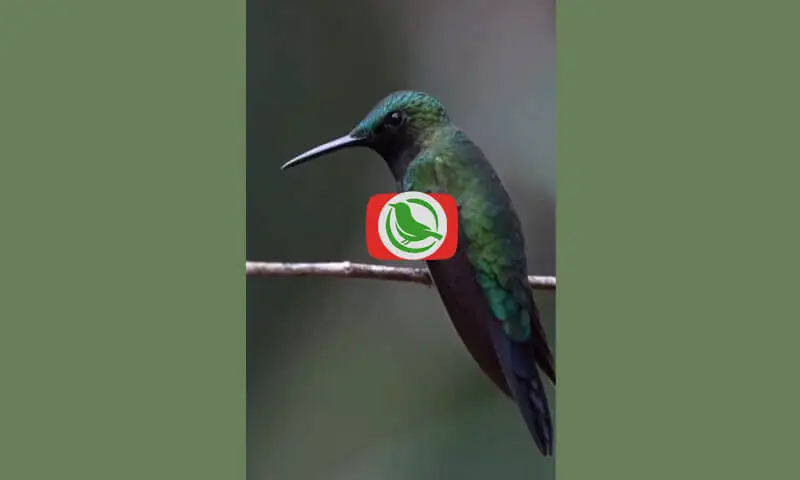Hummingbirds are birds native to the Americas and comprise the biological family Trochilidae. With approximately 366 species and 113 genera, they occur from Alaska to Tierra del Fuego, but most species are found in Central and South America. As of 2024, 21 hummingbird species are listed as endangered or critically endangered, with numerous species declining in population.
Hummingbirds have varied specialized characteristics to enable rapid, maneuverable flight: exceptional metabolic capacity, adaptations to high altitude, sensitive visual and communication abilities, and long-distance migration in some species.
Among all birds, male hummingbirds have the widest diversity of plumage color, particularly in blues, greens, and purples.[5] Hummingbirds are the smallest mature birds, measuring 7.5–13 cm (3–5 in) in length.
The smallest is the 5 cm (2.0 in) bee hummingbird, which weighs less than 2.0 g (0.07 oz), and the largest is the 23 cm (9 in) giant hummingbird, weighing 18–24 grams (0.63–0.85 oz). Noted for long beaks, hummingbirds are specialized for feeding on flower nectar, but all species also consume small insects.
They are known as hummingbirds because of the humming sound created by their beating wings, which flap at high frequencies audible to other birds and humans. They hover at rapid wing-flapping rates, which vary from around 12 beats per second in the largest species to 80 per second in small hummingbirds.
Disclaimer
This video is intended for educational and entertainment purposes only, not for promotion or sale of birds, so we do not serve any requests related to marketing of pets including birds. Please press Play button in the middle of the image to watch the video.
